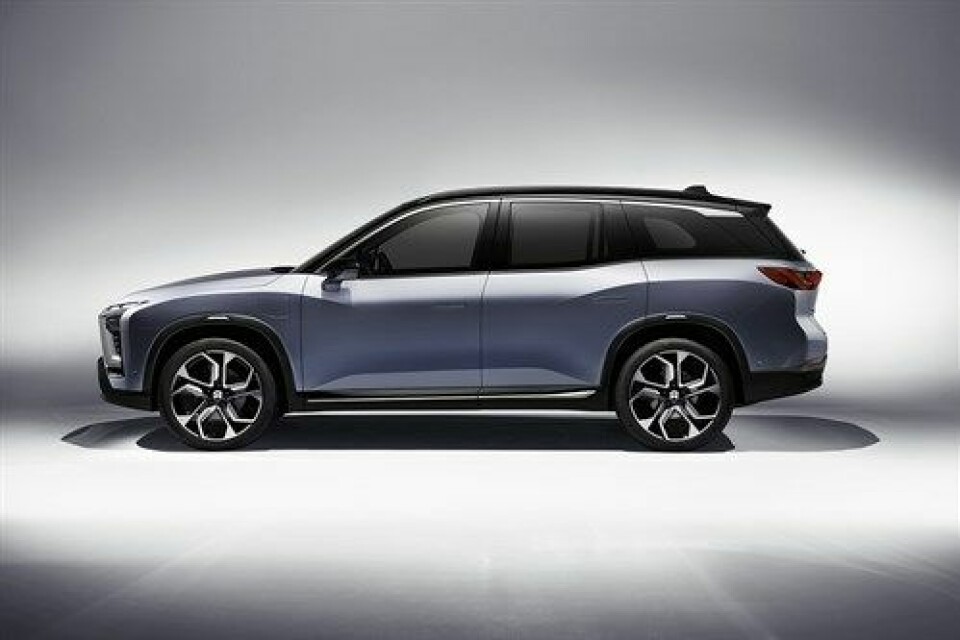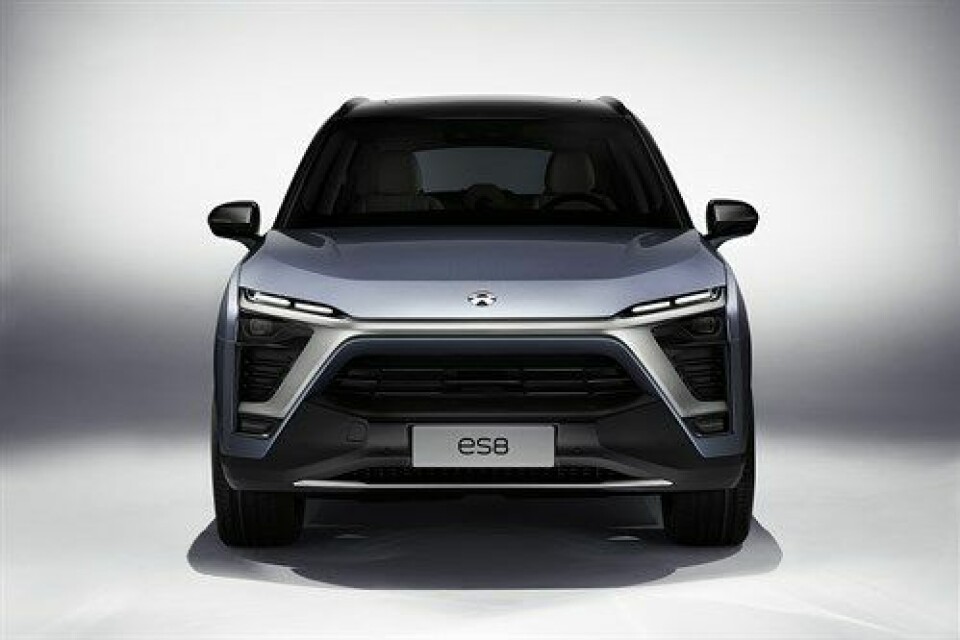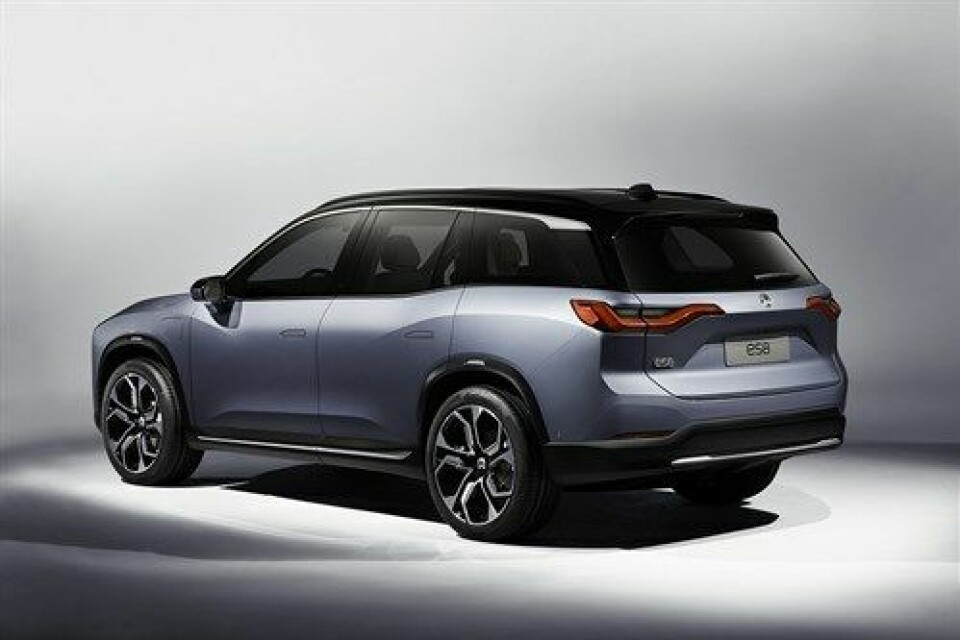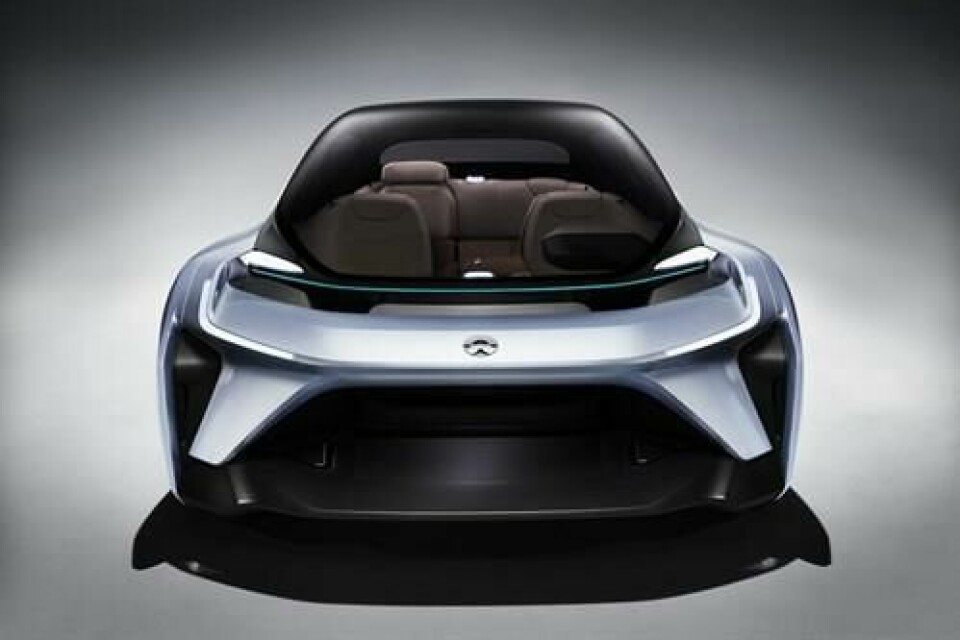
Shanghai 2017: Nio Eve
A panoramic view and an AI-enabled personal assistant: Kris Tomasson
“One of the great experiences I had when I was a kid was visiting London and going up on the double-decker bus,” says Kris Tomasson, Nio vice-president of design. “Getting right to the front, you see the city in an entirely different way.” The view out of the Nio Eve concept, first seen at the SXSW tech festival in Texas earlier this year, is intended to give a similar experience through the panoramic “helicopter glass,” he says: “We’ve got a screen at the bottom for informational purposes, but it does go transparent so it does become literally one piece of glass all the way through.”
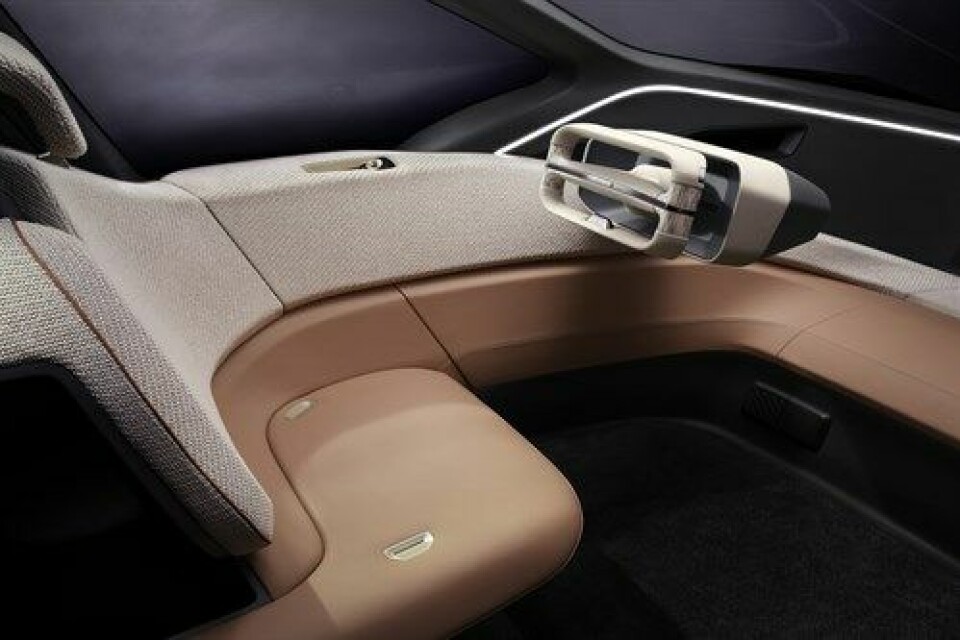
“A lot of concepts today seem to sort of dictate what you’re going to do in the vehicle, and mostly it’s somehow around working, but we realise everyone’s moods and needs are different,” he adds. “So when we create a very flexible interior, it allows you to relax if you want to, it allows you to work if you want to; also, I’d say in the traditional passenger seats, here you’re not driving, maybe you’re just exploring the scenery on the outside. We wanted something that’s like a second living space, so it’s adaptable. It allows you to have different zones, much like you’ve got in your own home; you have different areas in your apartment, where you do different things, so the same sort of set-up.”
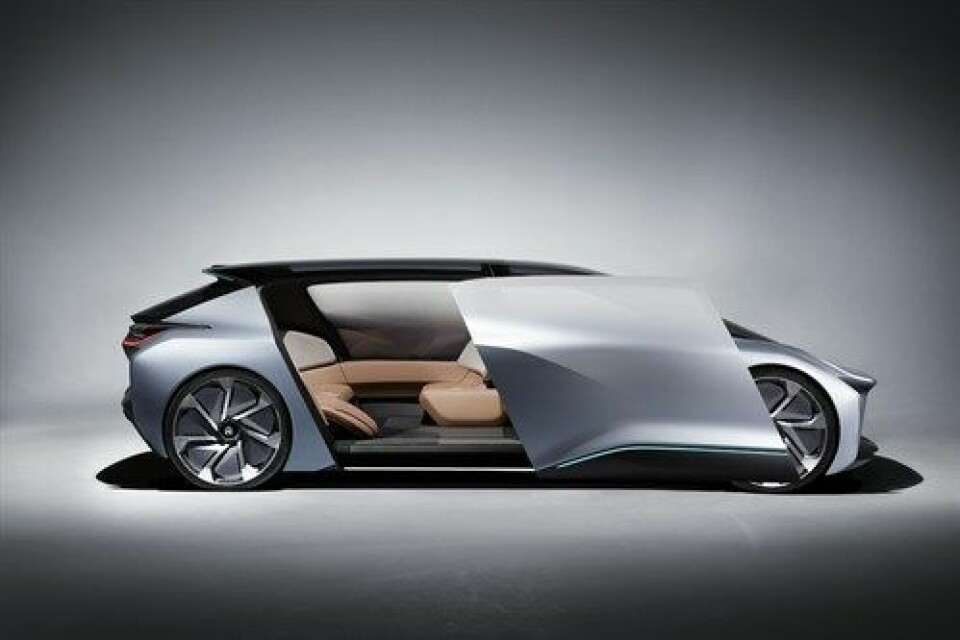
Conceptually, the Eve is designed with autonomous driving in mind, representing Nio’s “vision of the future”; Tomasson suggests a realistic 10-year time frame for the introduction of autonomy.
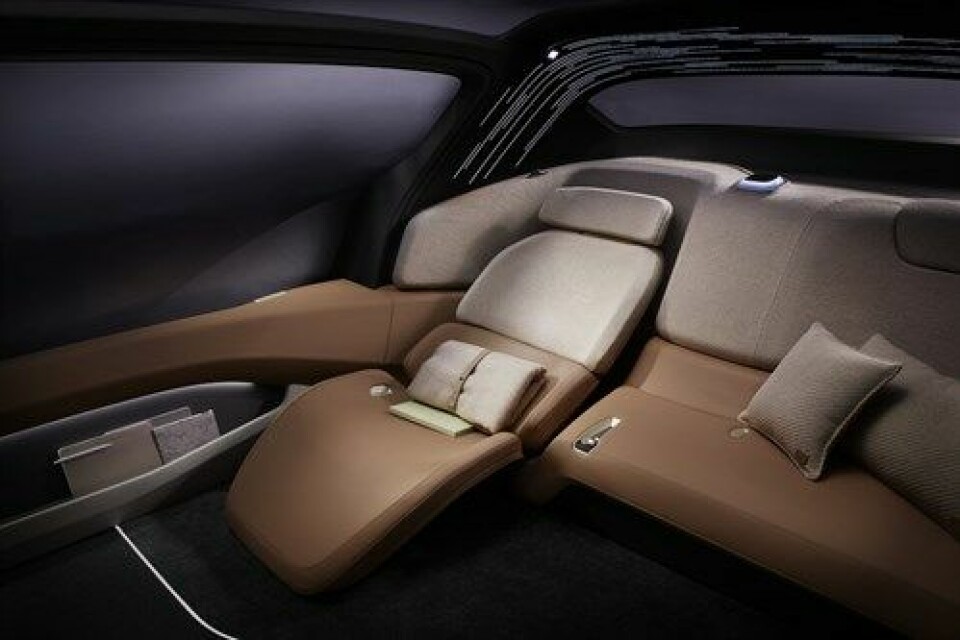
“We’ve also realised that for a vision of the future, cars no longer need to be, let’s say, very cold, mechanical, technical,” Tomasson adds. “So in our car is something we call NOMI, a technology that is sort of the heart and soul and brains of the vehicle, all enabled through artificial intelligence and machine learning.” NOMI is a constantly-learning AI system which interacts with the car’s occupants, receiving both physical and verbal commands, and connecting both within the car and to the outside world. Active glass enables NOMI to provide an augmented-reality view at the base of the windscreen.
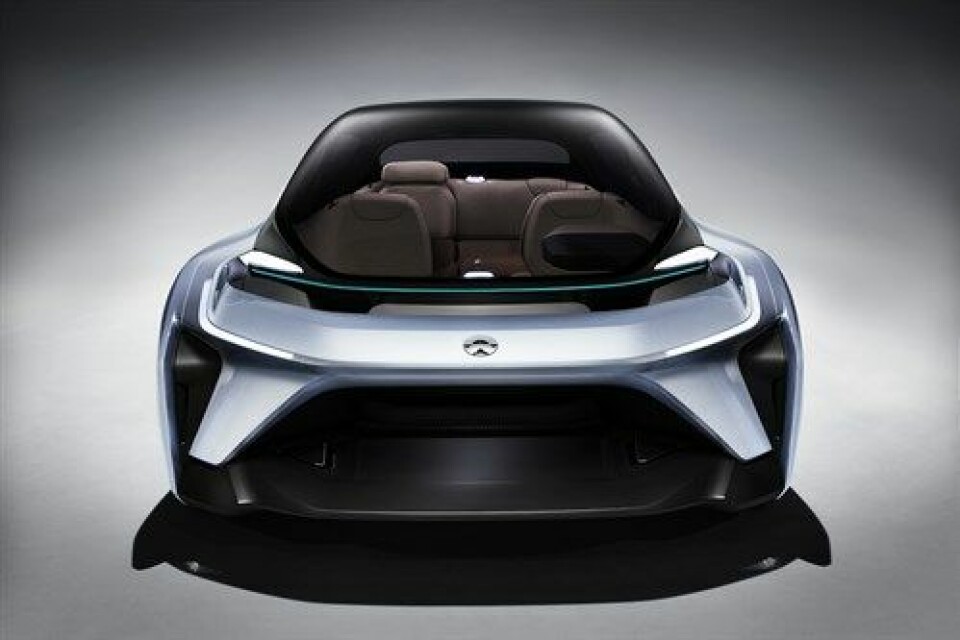
Tomasson points out that “it’s got all the distinctive elements of Nio today, so we’ve got what we call the X-bar, which is our face of the car you see also on the XP9 [supercar], and a couple of distinctive elements on the fenders.”
The family resemblance is clear across the 11 vehicles Nio has on its stand in Shanghai – the Eve, the ES8 SUV, two Formula E race cars and seven EP9s [below]. One of the EP9s holds the record for fastest lap by an electric car of the Nurburgring Nordschliefe, while a further record for fastest autonomous lap was set in February at the Circuit of the Americas. Nio announced pre-sales of the EP9 in Shanghai, with a second batch of 10 to follow the initial six - should you have $1.48million to spend.
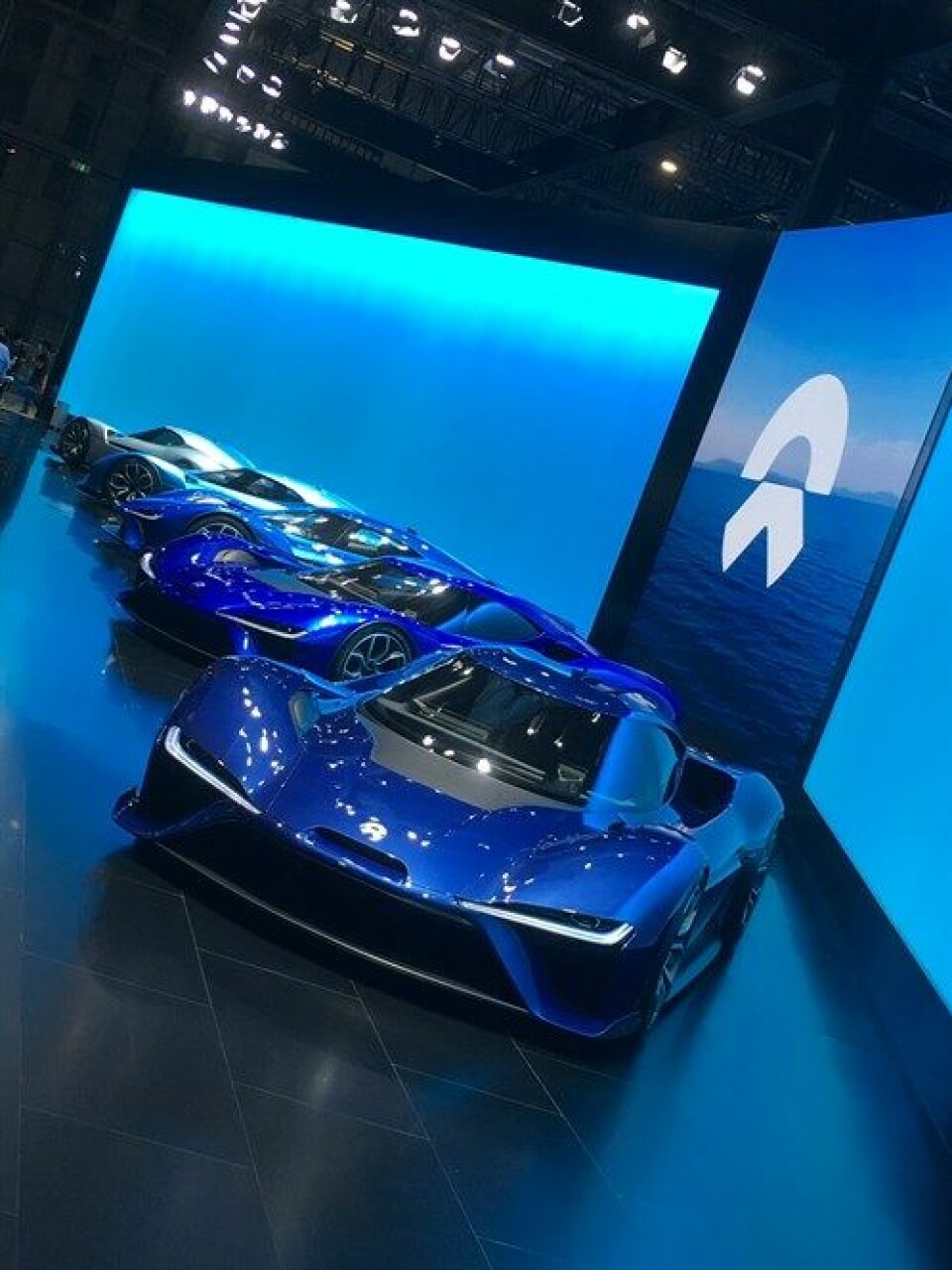
The ES8 [below], meanwhile, to be launched in China at the end of the year, seats seven in a 2-3-2 formation. It’s all-wheel-drive, with electric motors at both axles, and has active air suspension. Curiously, it’s been designed for battery-swapping, as well as conventional recharging, Nio claiming that the manufacturing and supply chain to support this is already in place. At over 196 inches (4978mm) long with a 118-inch (2997mm) wheelbase, its all-aluminium body certainly promises a roomy interior - if not one as high-tech or forward-looking as the Eve’s.
